As we age, maintaining good posture becomes more than just about looking confident—it’s essential for balance, breathing, joint health, and preventing falls. Poor posture often stems from years of sedentary habits, muscle imbalances, and reduced joint mobility. The good news? It’s never too late to improve. With targeted mobility drills, seniors can restore alignment, reduce discomfort, and move with greater ease.
This guide outlines 10 science-backed mobility exercises designed specifically for older adults. Each drill includes clear instructions, the physiological reason it works, and how to adapt it for varying fitness levels.
Over time, weakened core and back muscles, tight chest and hip flexors, and reduced spinal flexibility contribute to a forward head posture and rounded shoulders. This misalignment increases strain on joints, compresses nerves, and can lead to chronic pain. Mobility work helps by restoring range of motion, activating underused muscles, and retraining movement patterns.
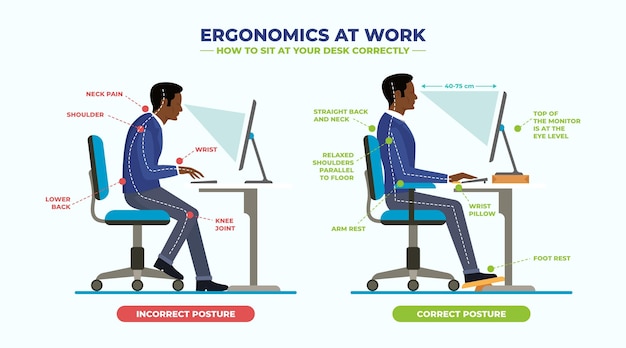
Proper alignment reduces joint stress and improves breathing and balance.
How: Sit tall, gently draw your chin straight back as if making a 'double chin.' Hold 3 seconds, release. Repeat 10 times.
Why it works: Counteracts forward head posture by strengthening deep neck flexors and stretching tight suboccipital muscles.
Adapt: Perform lying down if neck sensitivity is present. Reduce repetitions if dizziness occurs.
How: Sit or stand, gently pull shoulder blades together and down. Hold 5 seconds, relax. Repeat 12 times.
Why it works: Activates the rhomboids and lower trapezius, which support upright posture and combat rounded shoulders.
Adapt: Use a resistance band for added challenge. Perform seated if balance is a concern.
How: Sit on a stable chair, cross arms over chest. Rotate upper body gently to one side, hold 3 seconds, return. Alternate sides, 8 reps each.
Why it works: Improves mid-back mobility, which is often stiff in older adults, allowing for better upright alignment.
Adapt: Reduce rotation range if discomfort occurs. Keep feet flat for stability.
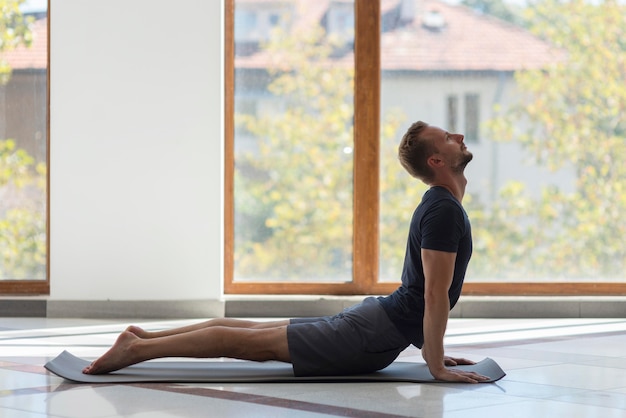
Maintaining spinal rotation supports daily movements like turning to check blind spots.
How: Sit tall, inhale to arch back slightly (cow), exhale to round spine (cat). Move slowly, 10 reps.
Why it works: Enhances spinal flexibility and body awareness, promoting fluid movement between vertebrae.
Adapt: Reduce range of motion if arthritis is present. Focus on breath coordination.
How: Stand in doorway, place forearms on frame, step one foot forward to feel stretch across chest. Hold 20–30 seconds.
Why it works: Lengthens tight pectoral muscles that pull shoulders forward, allowing natural scapular retraction.
Adapt: Reduce stretch depth. Perform standing against a wall if doorway is inaccessible.
How: Stand holding a chair, step one foot back into a gentle lunge. Tuck pelvis slightly and lean forward. Hold 20 seconds per side.
Why it works: Releases tight hip flexors that tilt the pelvis forward, contributing to lower back strain and poor posture.
Adapt: Perform lying on back with towel-assisted leg pull if standing is unstable.
How: Stand with back against wall, arms bent at 90 degrees. Slowly slide arms up and down wall, keeping contact. 10 reps.
Why it works: Reinforces proper shoulder mechanics and strengthens postural muscles of the upper back.
Adapt: Perform with arms only moving as high as possible without losing contact. Use a foam pad behind head if needed.
How: Sit on a firm chair, gently rock pelvis forward (arch lower back) and backward (flatten back). Repeat 12 times.
Why it works: Improves awareness of neutral spine and strengthens core stabilizers.
Adapt: Reduce motion range. Use hands on hips for guidance.
How: Sit tall, gently slide head straight sideways (ear toward shoulder, no tilting). Hold 3 seconds, return. 6 reps per side.
Why it works: Addresses lateral neck tightness and improves cervical spine mobility.
Adapt: Support head with hand if needed. Avoid if cervical instability is diagnosed.
How: Walk slowly in a straight line, placing heel directly in front of toes. Use wall for support. 20 steps.
Why it works: Enhances balance, gait symmetry, and postural control—key for fall prevention.
Adapt: Widen stance if unsteady. Perform near a counter for safety.
Perform 4–5 of these drills daily, focusing on form over quantity. Consistency matters more than intensity. Pair mobility work with strength training and daily walking for best results.
Always consult with a healthcare provider before starting a new exercise routine, especially with pre-existing conditions. Stop any movement causing pain or dizziness.
Improving posture is a gradual process, but with patience and the right tools, better alignment and mobility are within reach at any age.

Wellness

Wellness

Wellness

Wellness
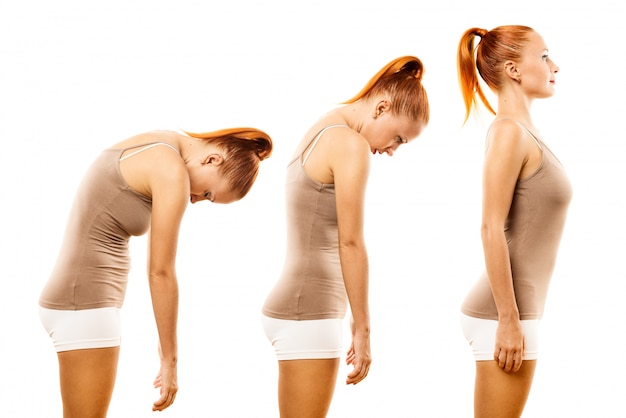
Wellness
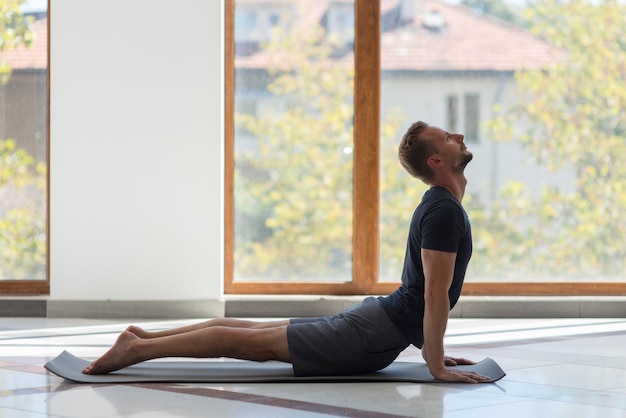
Wellness
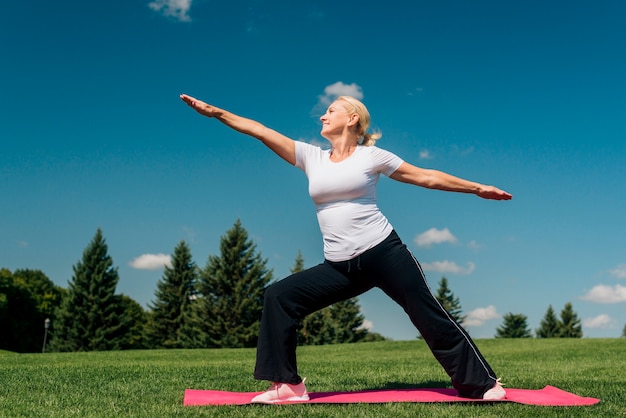
Fitness
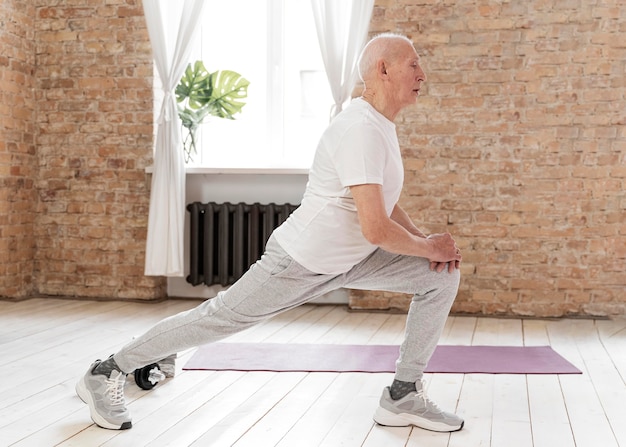
Wellness
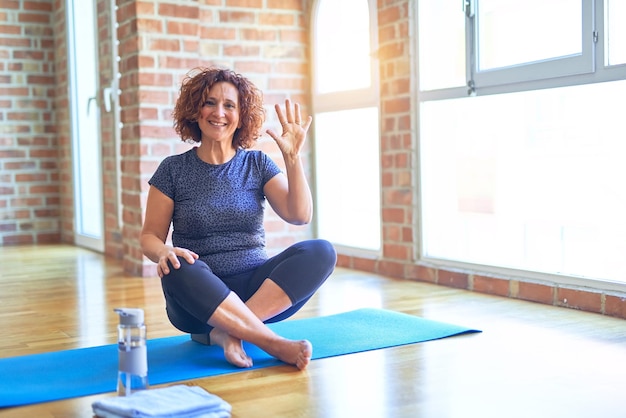
Fitness
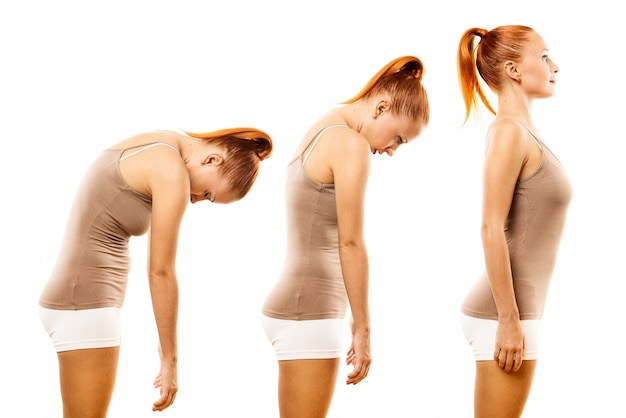
Wellness
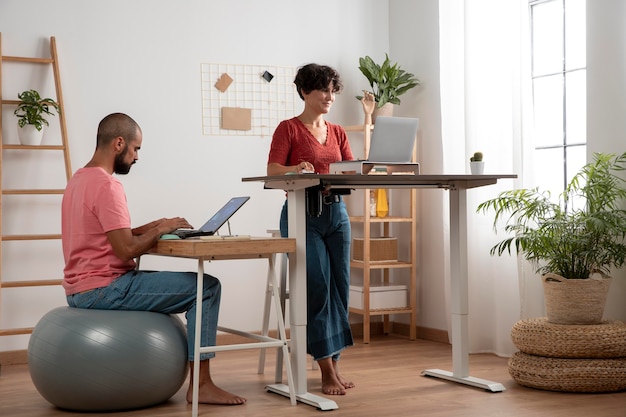
Wellness
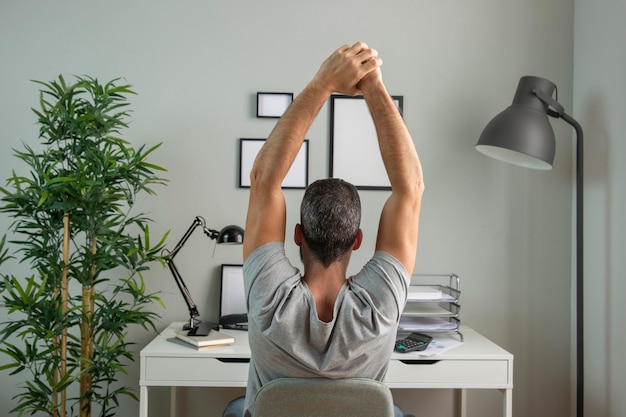
Fitness

Health

Fitness

Health

Health